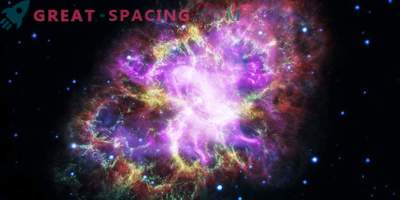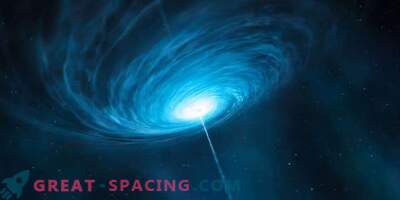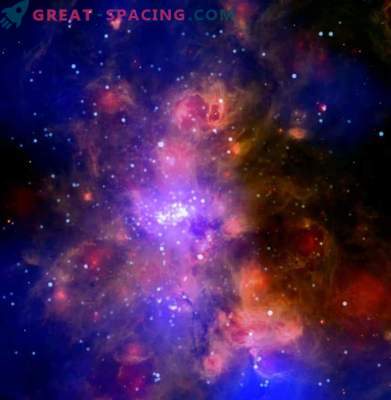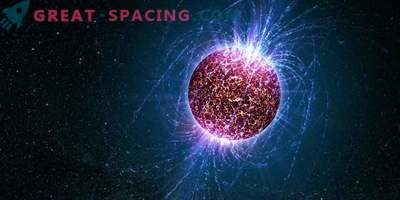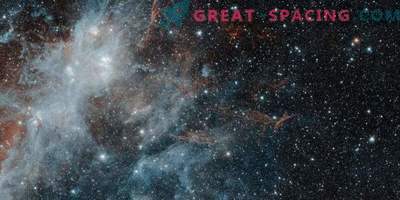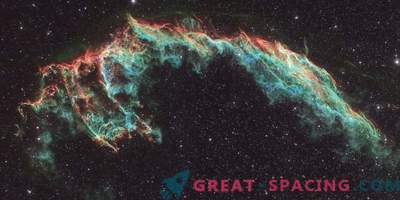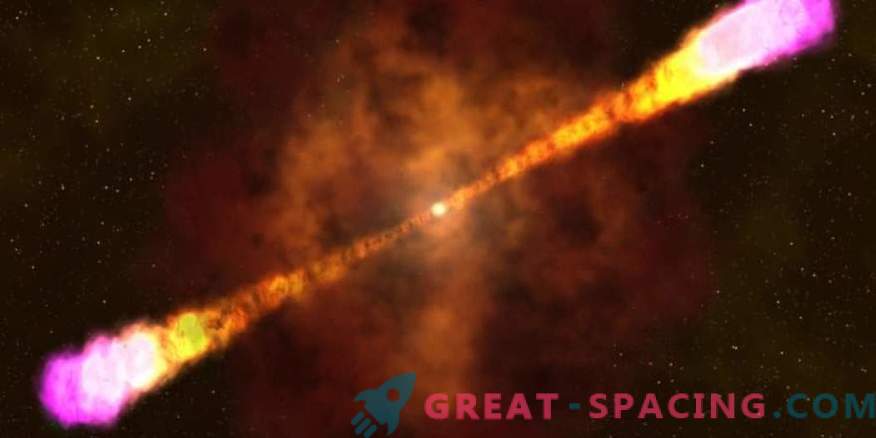
With the help of MAGIC and Fermi telescopes, an international team of astronomers found a new source of high-energy gamma radiation around the remnant of the supernova G24.7 + 0.6. Supernova remnants are residual traces of massive stars that ended their existence with large-scale explosions. Scientists usually distinguish 3 types, one of which is a composite one. Differs rapidly expanding shells from the blast wave, followed by wind nebulae. Activation occurs due to the young pulsars.
Observations show that composite supernova remnants accelerate particles to very high energies, up to hundreds of TeV or higher in expanding impacts or relativistic winds around an energy pulsar. Therefore, such objects are considered to be excellent targets for observations aimed at finding new sources of high-energy emissions.
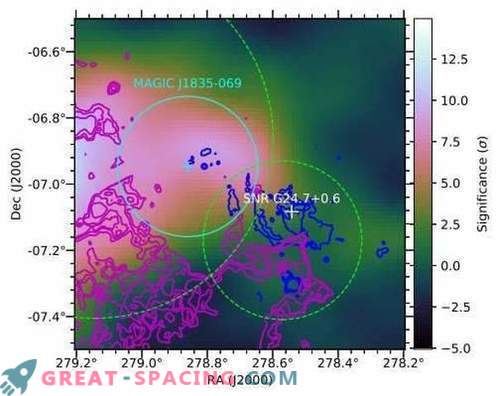
Map of the considered area G24.7 + 0.6, obtained with the help of MAGIC
SNR G24.7 + 0.6 lives at a distance of 16,300 light years and is an example of a composite supernova remnant for middle-age radio and gamma radiation (9,500 years). Astronomers studied the remainder using the MAGIC system and the LAT telescope. New data allowed us to identify high-energy radiation, distant by 0.34 degrees from the center and designated as MAGIC J1835-069. The energy range in SNR G24.7 + 0.6 covered from 60 MeV to 500 GeV. The radiation source MAGIC J1835-069 was found at energies above 150 GeV and reached 5 TeV. The source spectrum is well represented by a function with a spectral index of 2.74. The radiation is also endowed with a projected size of 98 light years and demonstrates an expanded morphology.
The origin of the high-energy source MAGIC J1835-069 remains uncertain due to the complexity of the neighboring area G24.7 + 0.6. But scientists believe that the whole thing is in cosmic rays, accelerated inside the residue and interacting through proton-proton collisions with an environment rich in carbon monoxide.

